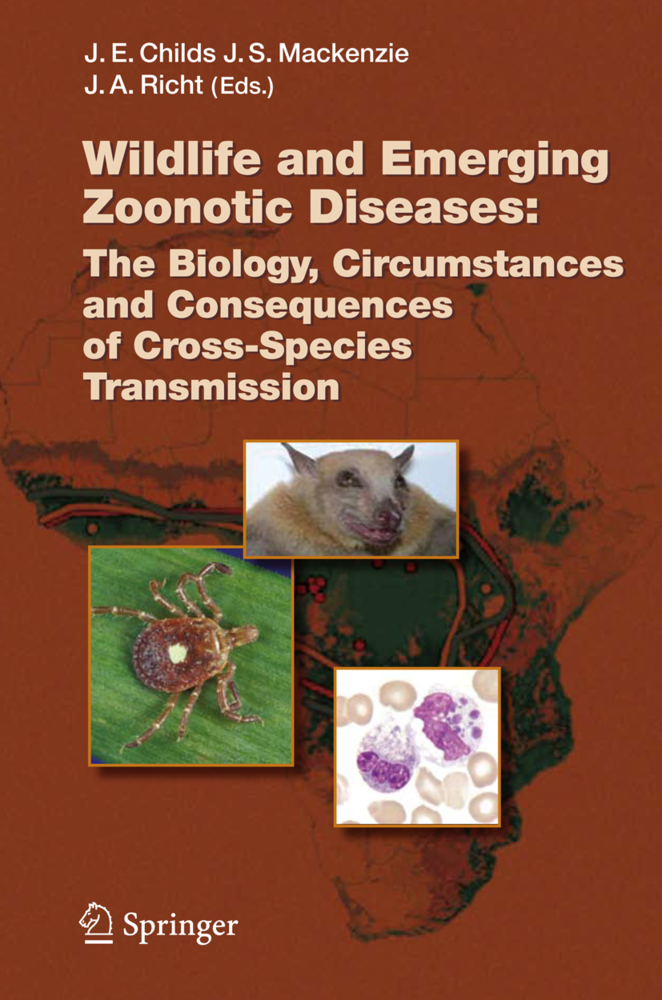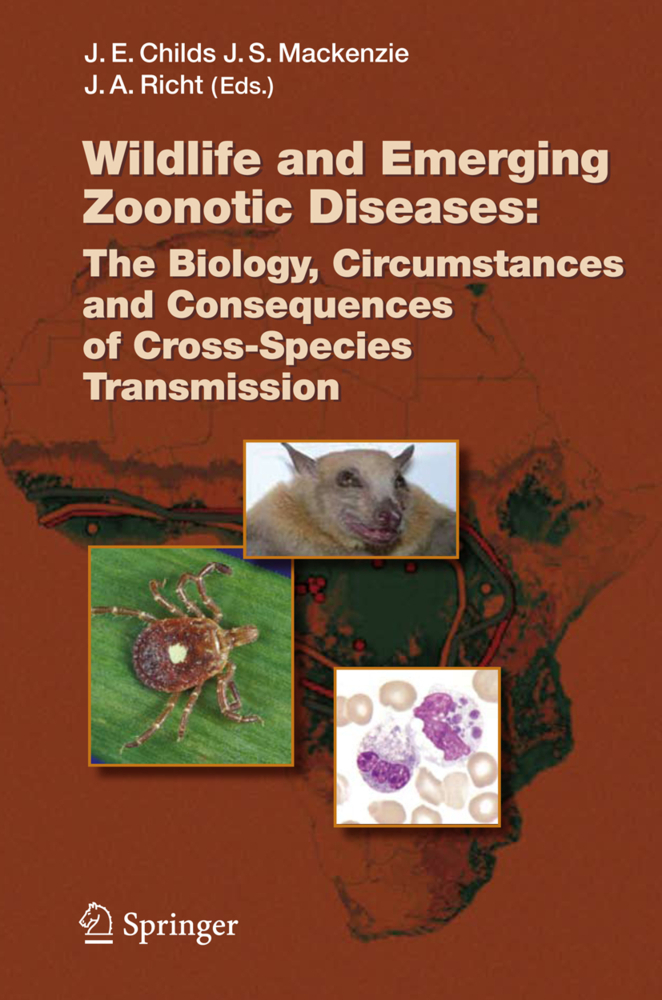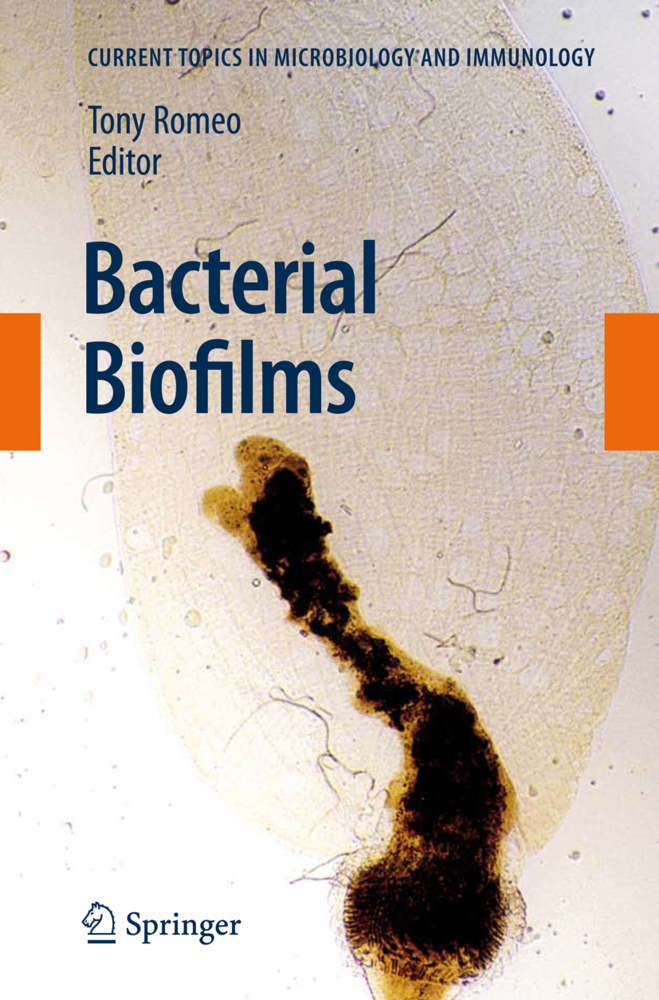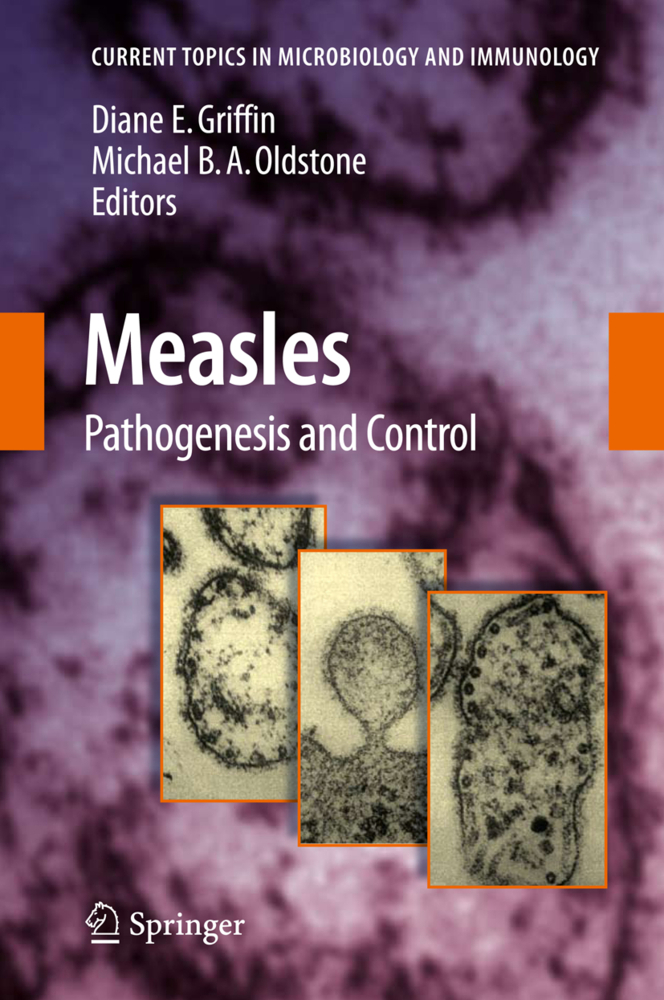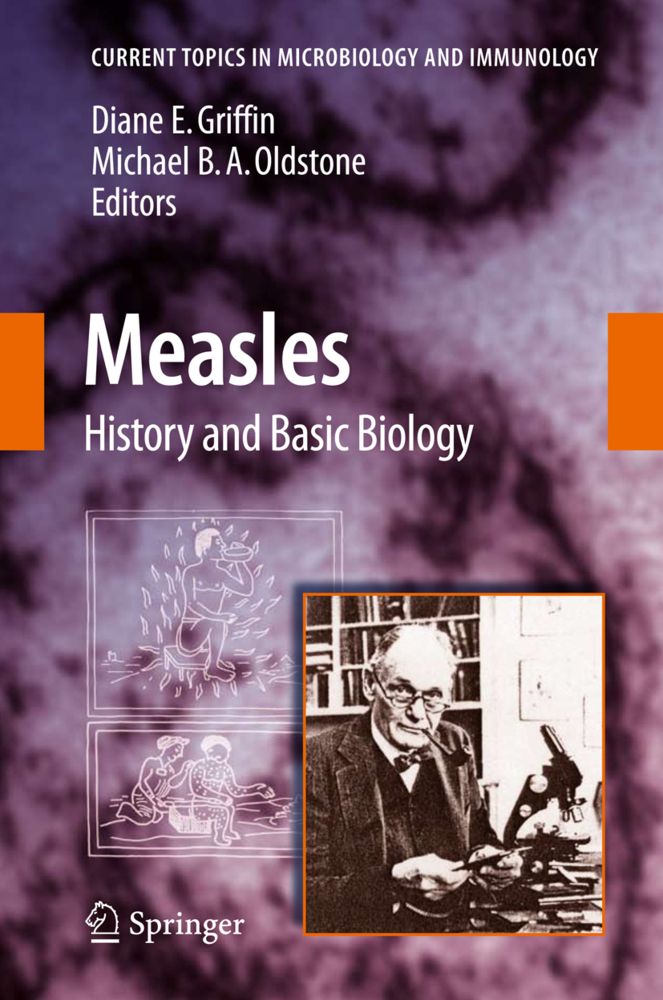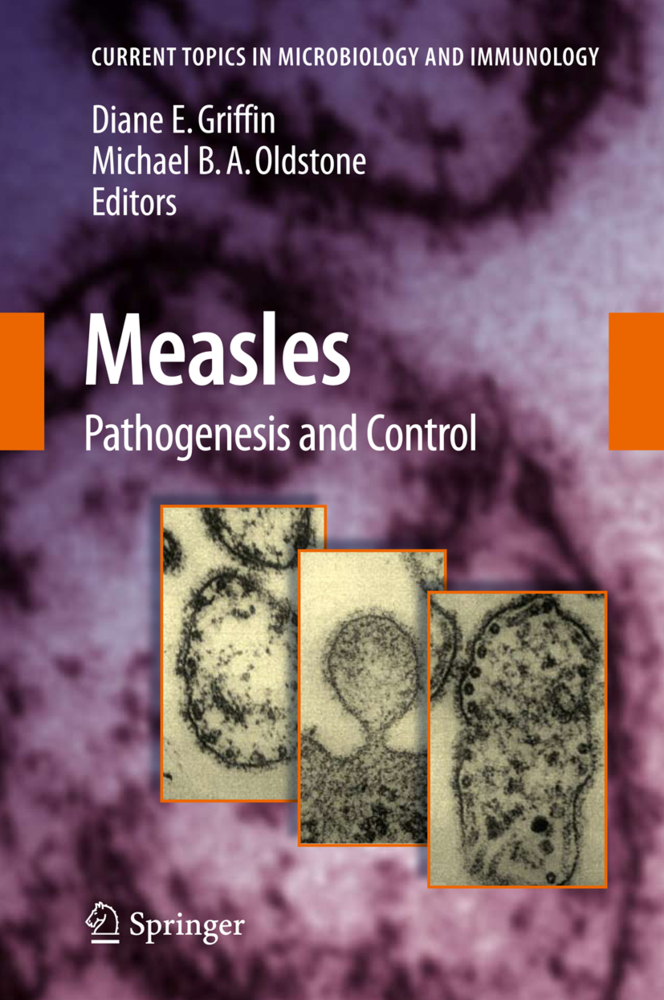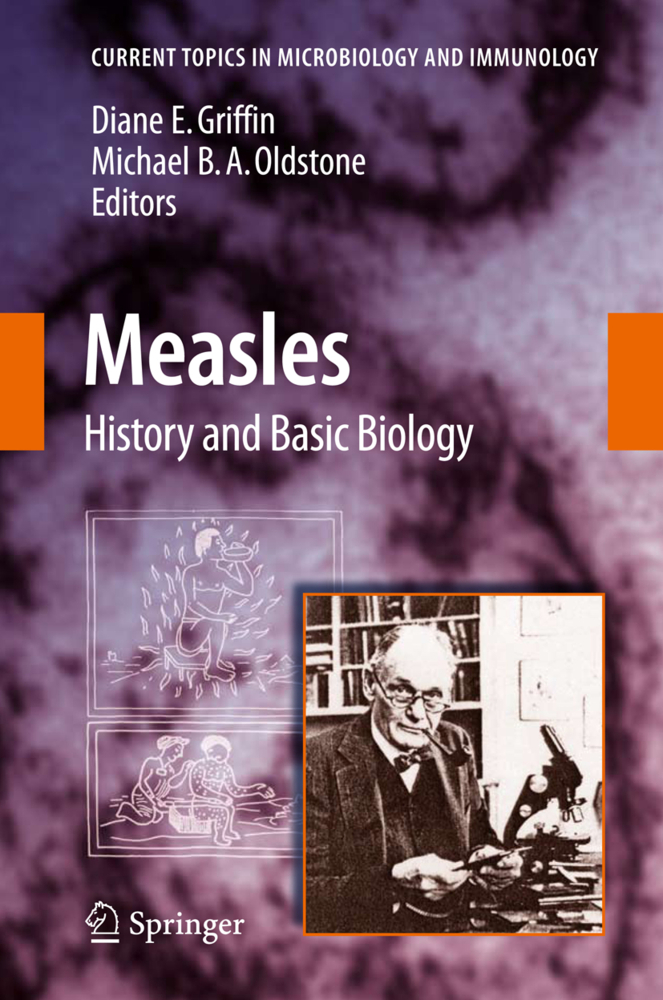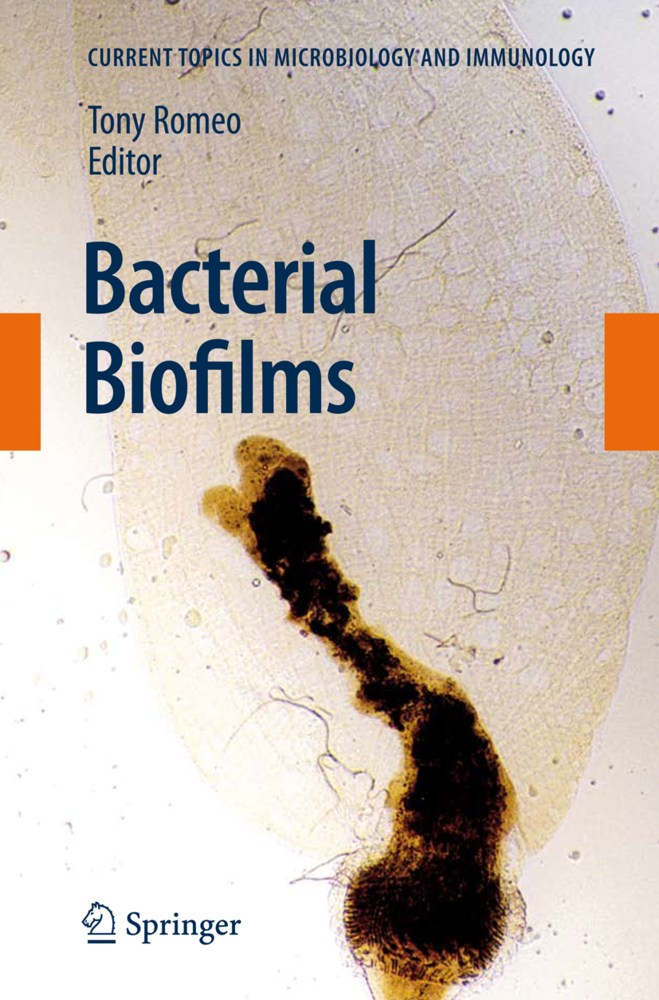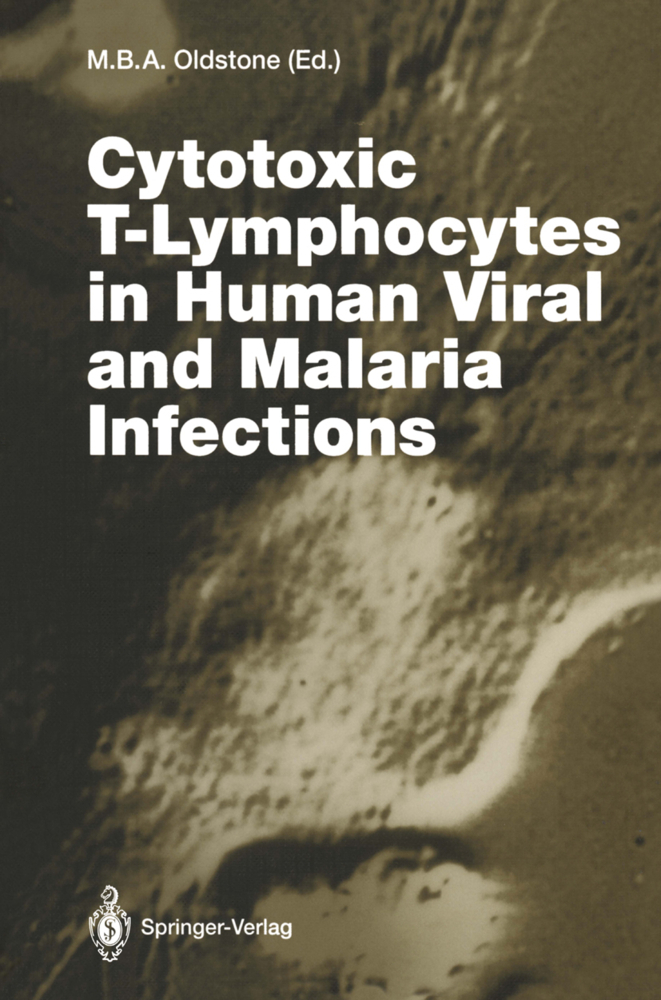Wildlife and Emerging Zoonotic Diseases: The Biology, Circumstances and Consequences of Cross-Species Transmission
Wildlife and Emerging Zoonotic Diseases: The Biology, Circumstances and Consequences of Cross-Species Transmission
Wildlife and the zoonotic pathogens they reservoir are the source of most emerging infectious diseases of humans. AIDS, hantavirus pulmonary syndrome, SARS, Monkeypox and the human ehrlichioses are a few examples of the devastating effect achieved by cross-species transmission of viral and bacterial pathogens of wildlife. Many factors contribute to the appearance and spread of a pathogen, including; changes in host/pathogen evolution and interaction, human demographics, behavior and technology, environmental factors, and the availability of health care and a public health infrastructure capable of providing surveillance and interventions aimed at disease prevention and control. Additionally, historical factors and the coalescence of particular circumstances modify the conditions by which pathogens and species have an opportunity to intermix, evolve and spread.
This volume provides an overview of zoonotic pathogen emergence with an emphasis on the role of wildlife. The firstsections of the book explore the mechanisms by which evolution, biology, pathology, ecology, history, and current context have driven the emergence of different zoonotic agents, the next sections provide specific example of disease emergence linked to wildlife, and the final section offers an overview of current methods directed at the surveillance, prevention and control of zoonotic pathogens at the level of the wildlife host and possible mechanisms to improve these activities. This book will be useful to microbiologists, ecologists, zoologists, entomologists as well as physicians and epidemiologists.
Introduction: Conceptualizing and Partitioning the Emergence Process of Zoonotic Viruses from Wildlife to Humans
Infectious Disease Modeling and the Dynamics of TransmissionThe Evolutionary Genetics of Viral Emergence
Influenza Viruses in Animal Wildlife Populations
Overviews of Pathogen Emergence: Which Pathogens Emerge, When and Why?
Infection and Disease in Reservoir and Spillover Hosts: Determinants of Pathogen Emergence
Henipaviruses: Emerging Paramyxoviruses Associated with Fruit Bats
Emergence of Lyssaviruses in the Old World: The Case of Africa
Tuberculosis: A Reemerging Disease at the Interface of Domestic Animals and Wildlife
Emergence and Persistence of Hantaviruses
Arenaviruses
Ecological Havoc, the Rise of White-Tailed Deer, and the Emergence of Amblyomma americanum-Associated Zoonoses in the United States
Bats, Civets and the Emergence of SARS
Poxviruses and the Passive Quest for Novel Hosts
Ebolavirus and Other Filoviruses
Pre-spillover Prevention of Emerging Zoonotic Diseases: What Are the Targets and What Are the Tools?
Impediments to Wildlife Disease Surveillance, Research, and Diagnostics
Collaborative Research Approaches to the Role of Wildlife in Zoonotic Disease Emergence
Surveillance and Response to Disease Emergence.
Childs, James E.
Mackenzie, John S.
Richt, Jürgen A.
| ISBN | 978-3-642-08996-1 |
|---|---|
| Artikelnummer | 9783642089961 |
| Medientyp | Buch |
| Auflage | Softcover reprint of hardcover 1st ed. 2007 |
| Copyrightjahr | 2010 |
| Verlag | Springer, Berlin |
| Umfang | VII, 524 Seiten |
| Abbildungen | VII, 524 p. |
| Sprache | Englisch |

